Best
SOPRANO
UKULELE
-
Overall: All-Mahogany Body Creates Plenty Of Sweet Sonic Goodness
-
Best Feature: Enjoy A Lively, Warm, Responsive Ukulele Character
-
TedScore™: 9.5/10
Best
CONCERT UKULELE
-
Overall: Crafted From Solid Mahogany,
-
Best Feature: Added Warmth Delivered From Rosewood Bridge And Fingerboard
-
TedScore™: 9.5/10
Best
TENOR
UKULELE
Tenor Ukulele UNMATCHED RESONANCE
AND SUSTAIN
-
Overall: Play With Fender's Trademark Tone
-
Best Feature: Enhanced Resonance And Sustain
Produced By Solid Koa Top -
TedScore™: 8.5/10
I can’t explain why, but there is a certain comfort and joy whenever I play chords and pluck notes on a ukulele.
Its four strings and smaller size make it an ideal travel companion for chill serenades under the stars or impromptu beachside concerts.
At first, I thought that a ukulele came in only one size. Still, as I became more interested in this string instrument, I discovered that there are different types of ukuleles, which means different ukulele sizes.
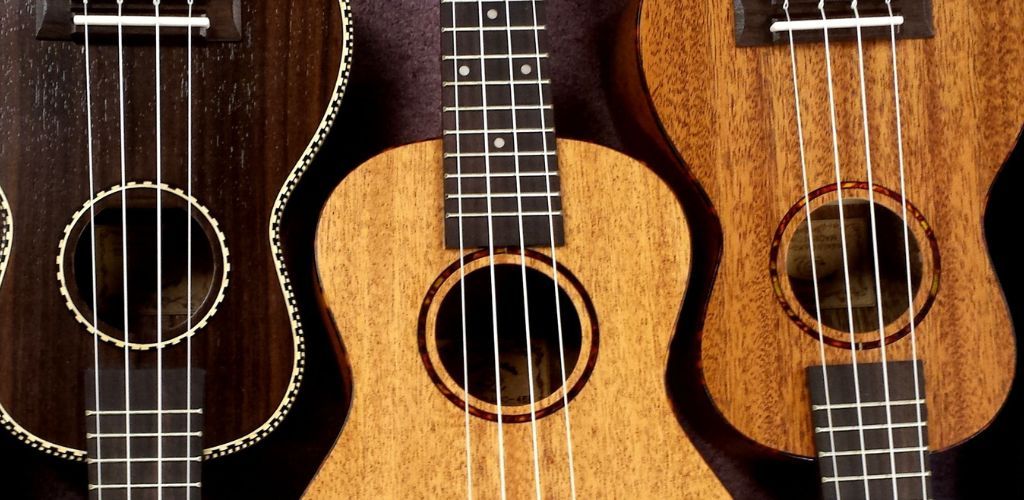
My first ukulele was the Cordoba 20CM concert-sized ukulele. I always recommend this to beginner ukulele players because of its size and fretboard, which make it more comfortable to play with and easier to learn.
If you’re a beginner ukulele player, this is the best beginner ukulele to start your journey! The standard soprano ukulele is the smallest and most recognizable type, known for its lightweight nature and suitability for travel.
So, you may wonder what different ukuleles I’m talking about. Do they produce the same ukulele sounds as a ukulele sound used to have? Do these ukulele types have the same friendly feel as standard ukes?
As a professional player of this instrument, it’s nice that you are interested in learning more about ukuleles. Learning more about the other sizes and types of ukuleles allows you to explore more and discover some great things that will lead you to the right size!
Types and Sizes of Ukuleles
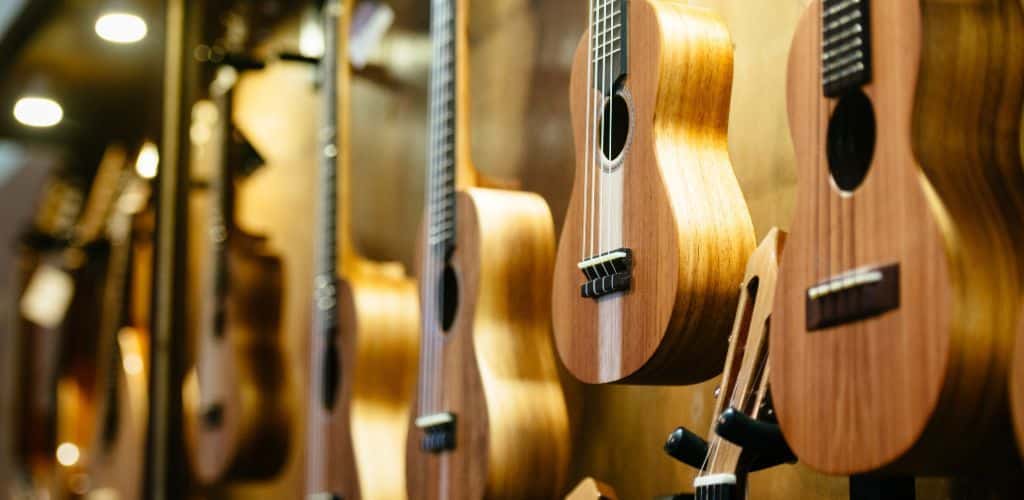
The ukulele has four types of main sizes. In this section, I’ll explain each type and include the specific brand I recommend.
Each type of ukulele adheres to a standard ukulele tuning of G/C/E/A, which is crucial for achieving the desired sound characteristics.
Soprano Ukulele
The first of the four main sizes is the standard soprano ukulele.
The soprano ukulele is the standard bearer of the ukulele size.
Usually, with 12-15 frets, it has that classic, joyful sound with higher notes we associate with ukuleles.
If you’re a beginner ukulele player, this is the best beginner ukulele to start your journey!
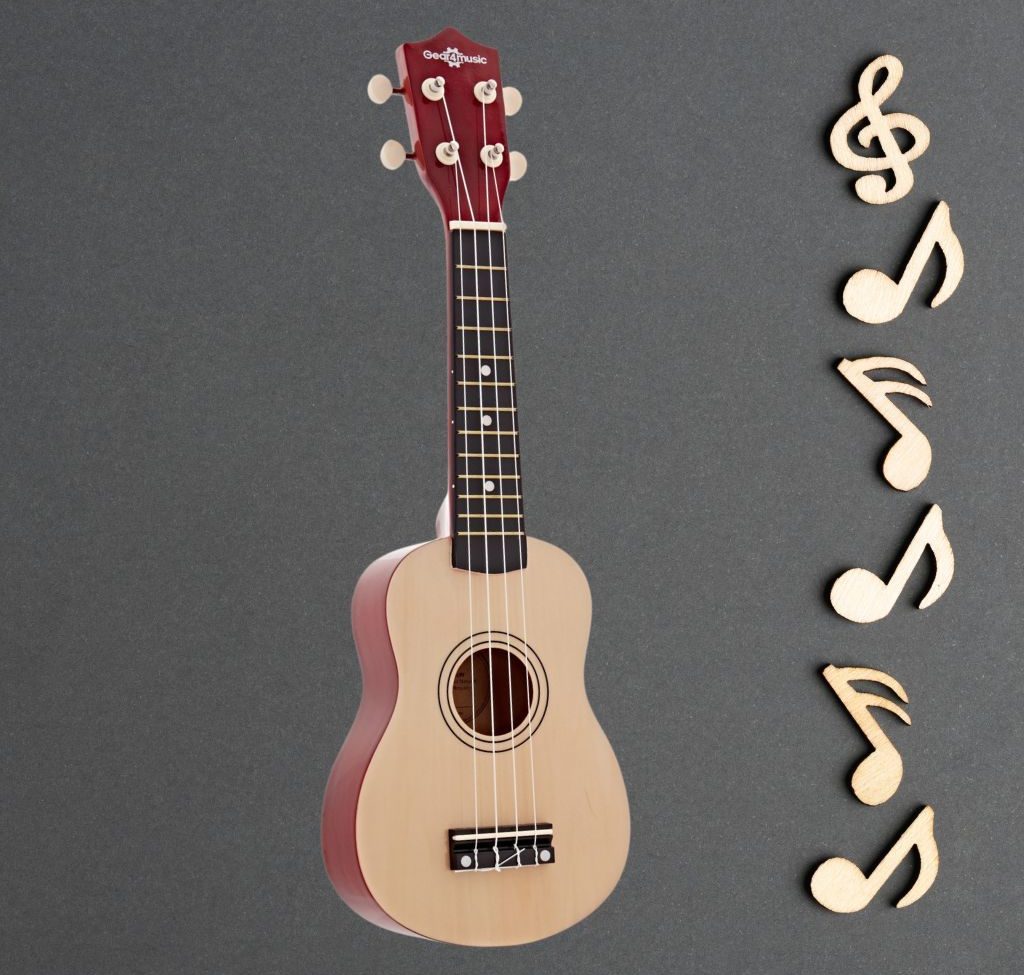
For this uke type, I recommend the Kala Satin Mahogany KA ukulele. Its rich, warm tones and smooth playability make it an excellent choice for beginners and seasoned players.
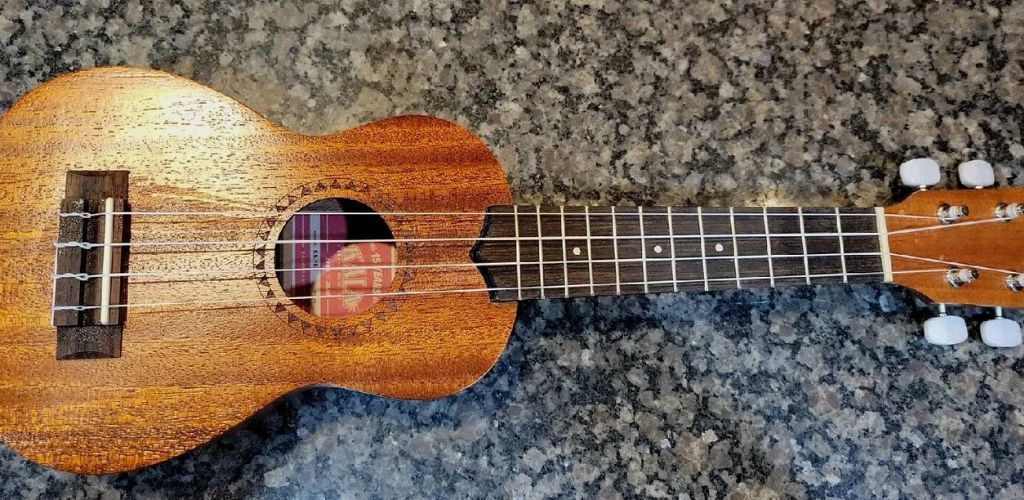
Kala Satin Mahogany KA-15S
Soprano Ukulele

PERFECT FOR: players of all ages and skill
FEATURES: All-mahogany body creates plenty of sweet sonic goodness
OTHER INFO: Enjoy a lively, warm, responsive ukulele character
Kala Satin Mahogany KA-15S
Soprano Ukulele
- Play with comfort thanks to a silky-smooth satin finish
- Classic soprano size delivers an instantly recognisable high-end shimmer
- With geared tuners and premium Aquila Nylgut strings for reliably warm sounds and stable tuning
- Affordable ukulele that delivers a rich tonal range
- None
When you click ‘Check Price’, you’ll see there are loads of great places to buy this item. Our personal favorite is Sweetwater for the US, and Thomann and Gear4Music for the UK & Europe.
They are the largest music retailers, with excellent customer service, competitive prices, really fast shipping, and the longest guarantees.
The professional musician who wrote this article combined many things,
from the product build, manufacturer’s reputation through to feedback
from other users, to create our famous TedScore™.
Concert Ukulele
With its wider fretboard and slightly bigger body size than the soprano, a concert ukulele steps up in size and offers a little more room for your fingers.
It captures the essence of the traditional ukulele tone but with a bit more volume, making it a popular choice for performance among professional players like me.
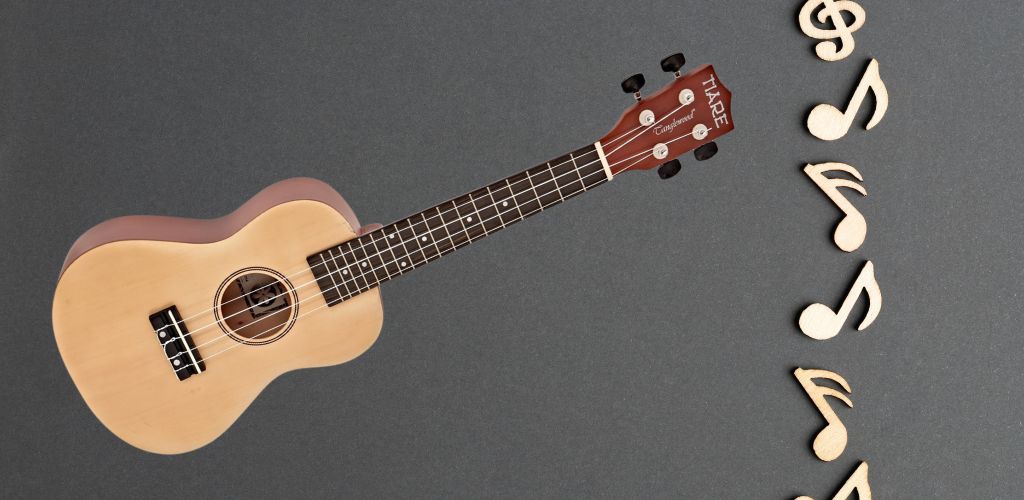
I will always recommend the Cordoba 20CM ukulele. Its clear, resonant sound and comfortable feel impressed me, providing exceptional value for its quality craftsmanship.
Cordoba 20CM Concert Ukulele

PERFECT FOR: performers of all abilities
FEATURES: Crafted from solid mahogany, delivering such a big tone from a small instrument
OTHER INFO: Added warmth delivered from rosewood bridge and fingerboard
Cordoba 20CM Concert Ukulele
- Traditional appearance thanks to handmade design
- With a traditional concert shape that's perfect for little learners as well
- May not be ideal for those who are on a tight budget
When you click ‘Check Price’, you’ll see there are loads of great places to buy this item. Our personal favorite is Sweetwater for the US, and Thomann and Gear4Music for the UK & Europe.
They are the largest music retailers, with excellent customer service, competitive prices, really fast shipping, and the longest guarantees.
The professional musician who wrote this article combined many things,
from the product build, manufacturer’s reputation through to feedback
from other users, to create our famous TedScore™.
Tenor Ukulele
Moving up the scale, the tenor ukulele gives an even richer tone that I find quite captivating.
Thanks to its amplified size and longer fretboard, it’s ideal for larger hands and offers a deeper and stronger sound resonance that sets it apart from its smaller siblings.
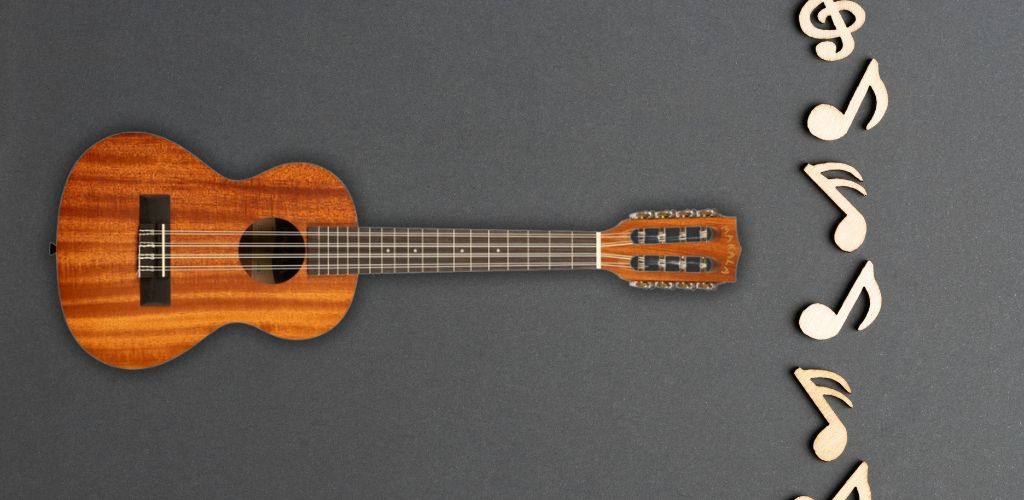
The Fender Montecito Tenor Ukulele stands out with its robust, full-bodied sound and sleek, vintage-inspired design.
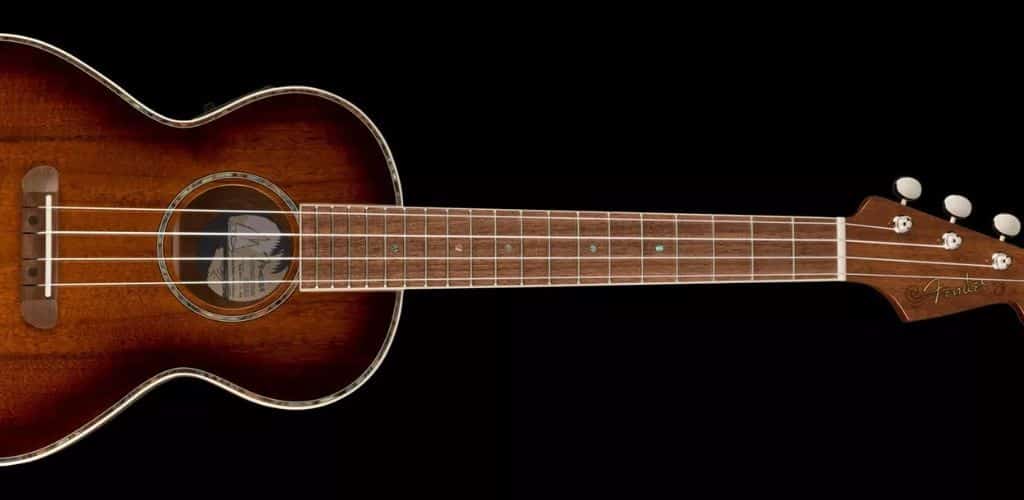
Fender Montecito Tenor Ukulele
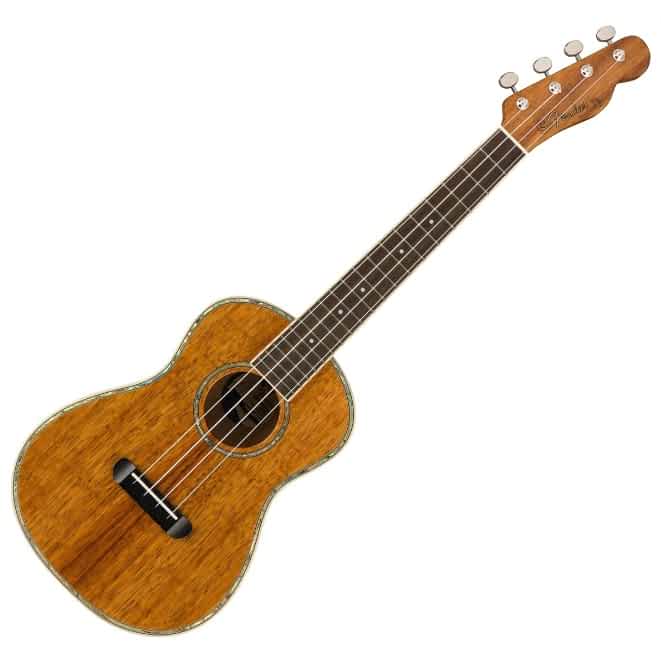
PERFECT FOR: intermediate players to advanced ukulele players
FEATURES: Play with Fender's trademark tone
OTHER INFO: Enhanced resonance and sustain produced by solid koa top
Fender Montecito Tenor Ukulele
- Incredible warmth and projection, typical of the classic tenor body
- Delivers an effortlessly elegant aesthetic reflective of Californian culture
- Carefully sculpted into a tenor-shaped body for a crisp and well-balanced projection
- A bit more expensive than some other ukuleles in its class
When you click ‘Check Price’, you’ll see there are loads of great places to buy this item. Our personal favorite is Sweetwater for the US, and Thomann and Gear4Music for the UK & Europe.
They are the largest music retailers, with excellent customer service, competitive prices, really fast shipping, and the longest guarantees.
The professional musician who wrote this article combined many things,
from the product build, manufacturer’s reputation through to feedback
from other users, to create our famous TedScore™.
Baritone Ukulele
As the largest of the traditional ukulele family, the baritone ukulele brings a deeper, almost guitar-like tone. A classical guitar – player won’t know the difference!
Tuned to DGBE, its rich sound is closer to a classical guitar’s notes. It’s perfect for anyone wanting that ukulele charm with a robust twist.
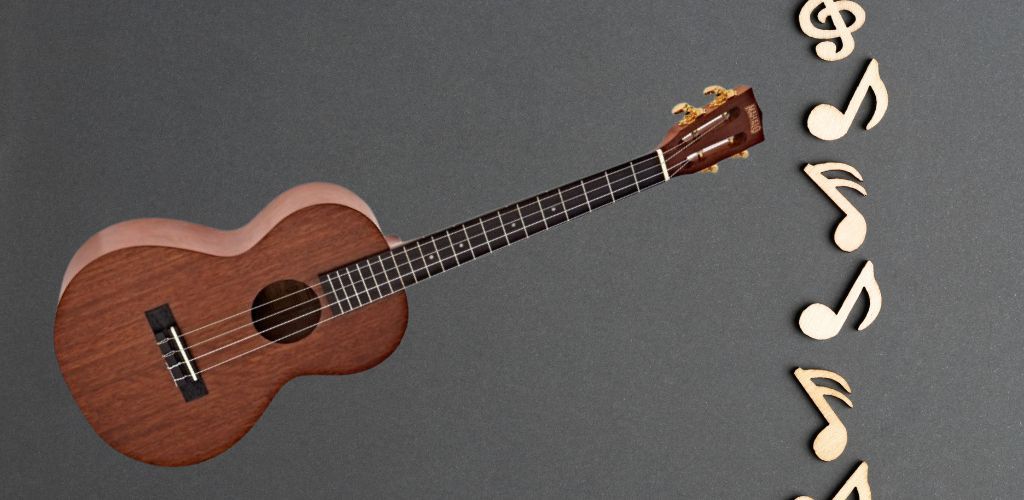
The Lanikai OA-CEB Oak Ukulele, with its cutaway and electronics, offers a versatile and rich acoustic-electric experience, complemented by the look of its striking oak body that’s as visually appealing as it is sonically vibrant.
Lanikai OA-CEB Oak Ukulele with Cutaway & Electronics

FEATURES: Top, back, & sides of satin-finished laminate oak
OTHER INFO: Rigid GraphTech Nubone XB nut and saddle enhanced harmonic richness and out
- The wide, comfortable neck profile is good for a variety of hand sizes
- Pre-strung with long-lasting D'Addario strings
- Venetian cutaway streamlines access to higher frets
- No Cons!
When you click ‘Check Price’, you’ll see there are loads of great places to buy this item. Our personal favorite is Sweetwater for the US, and Thomann and Gear4Music for the UK & Europe.
They are the largest music retailers, with excellent customer service, competitive prices, really fast shipping, and the longest guarantees.
The professional musician who wrote this article combined many things,
from the product build, manufacturer’s reputation through to feedback
from other users, to create our famous TedScore™.
Other Ukulele Variations
Guitalele: a fusion of a guitar and a ukulele
Banjo ukuleles: with its twangy banjo personality
Electric ukulele: the traditional design of a ukulele with electronic components
Bass ukuleles: for those low-end vibes
Sopraninos: an even smaller soprano ukulele
Cutaway ukulele: has a cutaway in the body near the neck, which allows easier access to the higher frets
Pineapple ukulele: a distinctive body shape resembling the form of a pineapple
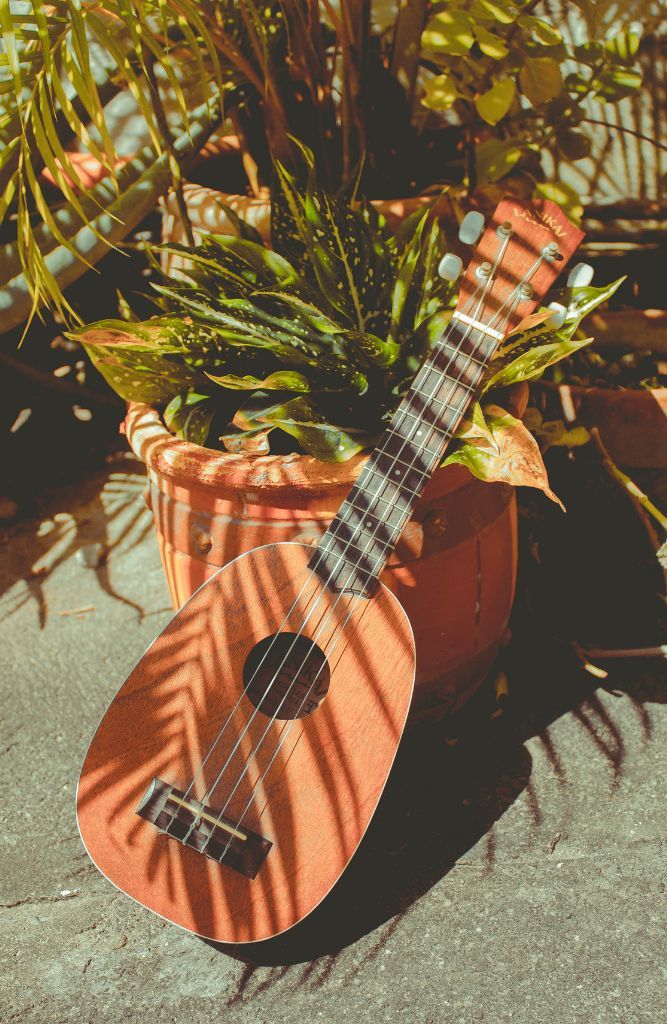
Specialty Ukulele Types
In addition to the standard soprano, concert, tenor, and baritone ukuleles, several specialty types of ukuleles offer unique features and sounds.
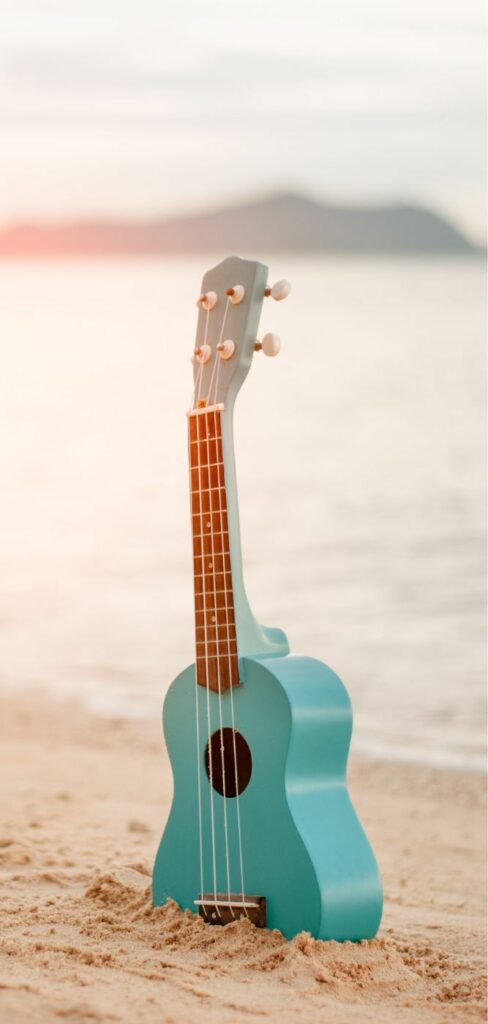
Pineapple Ukuleles: With their distinctive pineapple-shaped bodies, these ukuleles are known for their bright, punchy sound. The unique shape can also provide a slightly different tonal quality compared to traditional ukuleles.
Cutaway Ukuleles: These ukuleles feature a cutaway body shape, which allows for easier access to the upper frets. They are ideal for players who enjoy soloing or playing higher notes.
Guitaleles: A fusion of a guitar and a ukulele, guitaleles have six strings and are tuned like a classical guitar. This offers a wider range of tonal possibilities and is perfect for guitar players looking to explore the ukulele’s charm.
Banjo Ukuleles: Combining the body of a banjo with the neck of a ukulele, banjo ukuleles produce a bright, twangy sound that stands out in any musical setting. They are perfect for players who want a unique sound with a bit of a vintage vibe.
Bass Ukuleles: Designed to produce lower notes, bass ukuleles have a longer scale length and are tuned to provide deep, resonant bass lines. They are ideal for rhythm playing and adding a rich, low-end sound to your music.
Ukulele Features
When choosing a ukulele, there are several features to consider that can significantly impact your playing experience and the instrument’s sound:
Body Shape and Size: Ukuleles come in various body shapes and sizes, each offering a unique tone and playability. From the small and bright soprano to the large and deep baritone, the body shape and size can influence the instrument’s sound and comfort.
Scale Length: The scale length, or the distance between the nut and the saddle, affects the playability and tone of the ukulele. Longer scale lengths can produce a brighter, more projecting sound, while shorter scales offer a warmer, more intimate tone.
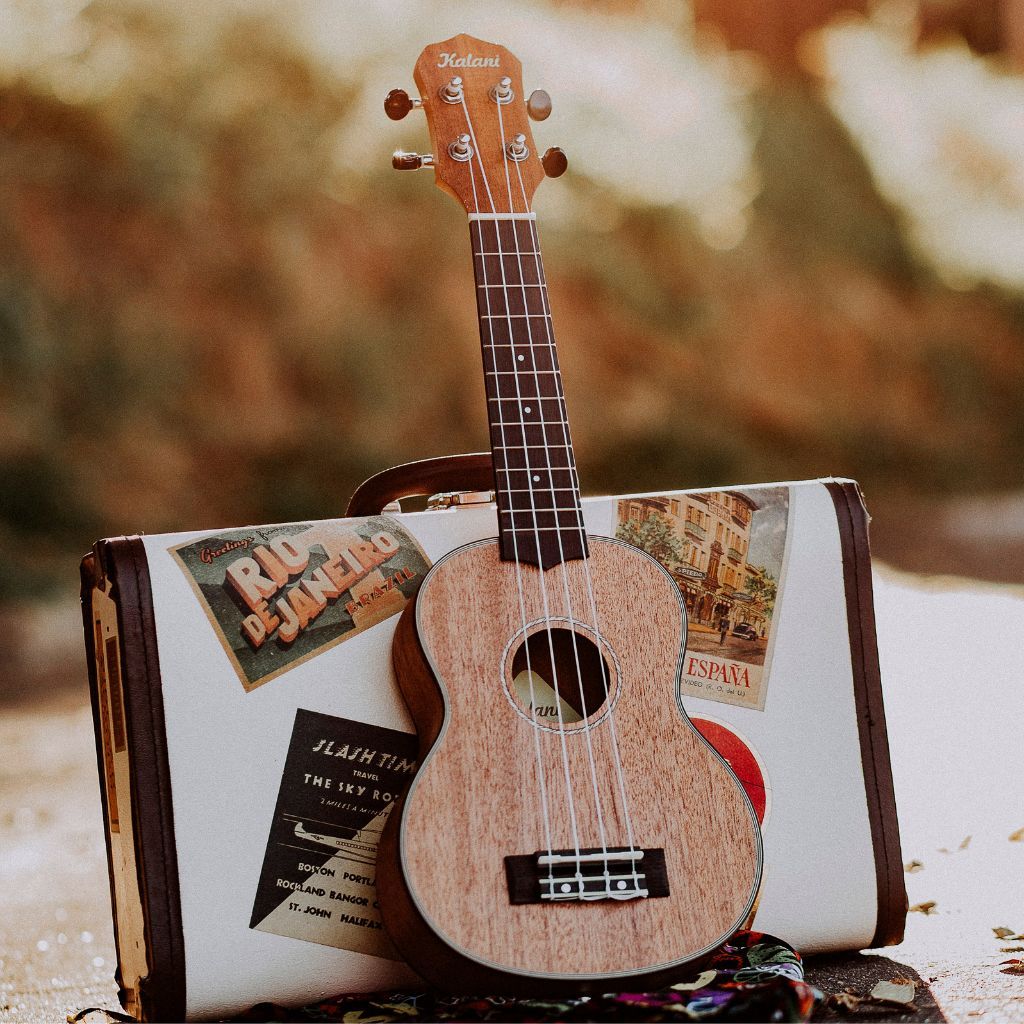
Number of Frets: Ukuleles typically have between 12 and 20 frets. More frets provide a greater range of notes and can enhance the instrument’s versatility, especially for advanced players who enjoy exploring higher notes.
Tuning: Ukuleles can be tuned in various ways, with the standard G-C-E-A tuning being the most common. Baritone ukuleles, however, are often tuned to D-G-B-E, similar to the top four strings of a guitar, offering a deeper, more guitar-like sound.
Body Shapes and Sizes

Ukulele body shapes and sizes can significantly affect the tone and playability of the instrument. Here are some common body shapes and sizes:
Soprano: The smallest and most traditional ukulele body shape, known for its bright, punchy sound. It’s perfect for beginners and those who love the classic ukulele tone.
Concert: Slightly larger than the soprano, the concert ukulele offers a warm, balanced sound with more volume. It’s a great choice for performers and those who need a bit more room on the fretboard.
Tenor: Larger than the concert, the tenor ukulele provides a deep, resonant sound with a longer scale length. It’s ideal for players with larger hands or those seeking a richer, fuller tone.
Baritone: The largest ukulele body shape, the baritone ukulele is known for its deep, rich sound. Tuned like the top four strings of a guitar, it offers a unique blend of ukulele charm and guitar-like depth.
Electric and Acoustic-Electric Ukuleles

Electric and acoustic-electric ukuleles offer the ability to amplify the instrument, making them ideal for live performances and recording. Here are some things to consider when choosing an electric or acoustic-electric ukulele:
Pickup Type: Ukuleles can have various pickup types, including magnetic, piezoelectric, and active pickups. Each type offers different tonal characteristics and amplification options.
Amplifier Type: Ukuleles can be amplified using a variety of amplifiers, including acoustic guitar amplifiers and dedicated ukulele amplifiers. Choosing the right amplifier can enhance your sound and suit your performance needs.
Tone Controls: Many electric and acoustic-electric ukuleles come with built-in tone controls, allowing you to adjust the sound to your liking. This feature is particularly useful for tailoring your tone during live performances or recording sessions.
Choosing the Right Ukulele
With so many types of ukuleles available, choosing the right one can be overwhelming. Here are some things to consider when selecting a ukulele:
Consider the size of the ukulele and how it will fit in your hands. Soprano and concert ukuleles are ideal for smaller hands, while tenor and baritone ukuleles are better suited for larger hands.
Think about the type of sound you want to produce. Soprano and concert ukuleles are known for their bright, punchy sound, while tenor and baritone ukuleles are known for their deep, resonant sound.
Ukuleles can range in price from under $100 to over $1,000. Consider your budget and what features are important to you. Higher-priced ukuleles often offer better craftsmanship and sound quality.
Consider the playability of the ukulele, including the action (string height) and the feel of the fretboard. A comfortable, easy-to-play ukulele will enhance your playing experience and encourage you to practice more.
By considering these factors, you can find the perfect ukulele that suits your needs and preferences, whether you’re a beginner or an experienced player.
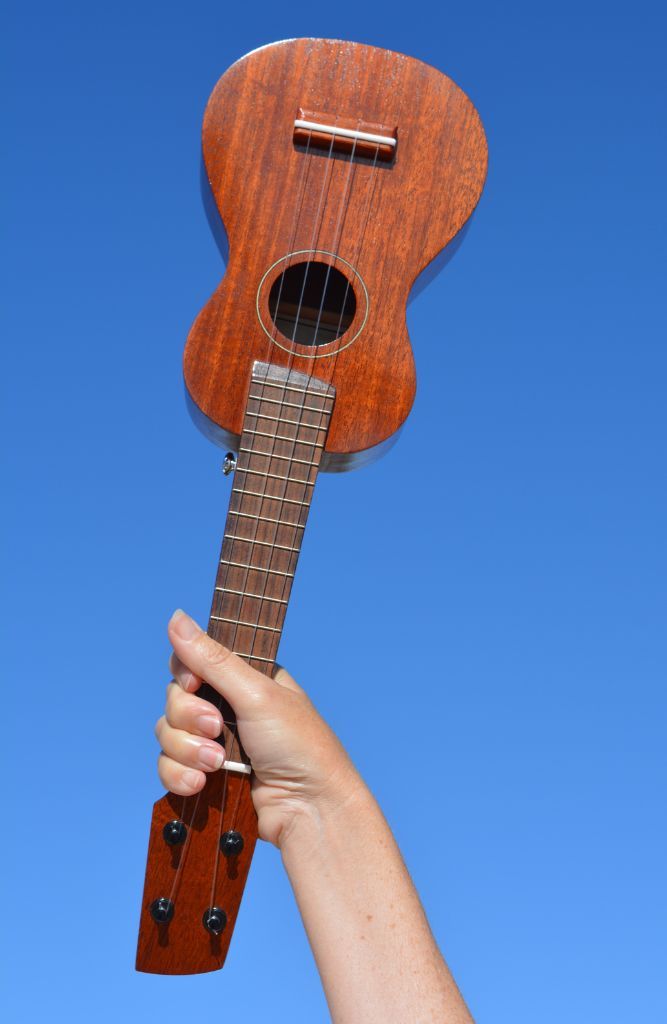
Types of Ukuleles:
The Summary!

So remember, ukuleles come in four primary sizes:
Soprano ukuleles: the smallest and has that classic, cheerful twinkle we all associate with ukuleles
Concert ukuleles: slightly larger and have a warmer tone, perfect for performances
Tenor ukuleles: a few inches longer, have more frets, and deliver a rich, full sound that resonates beautifully
Baritone ukuleles: largest, booms with the deepest tone, tuned like the top four strings of a guitar
Each one has its unique qualities, perfect instruments for strummers and pluckers alike.
Remember, the right ukulele size for you depends on your personal preference. It’s all about which size feels best in your hands and sounds sweetest to your ears.
Wait! There’s more…
Now that you know about the four main types of the ukulele and its other variations, you might want to learn how to choose the best one for you. Read this next article for the best guide to buying the best ukulele!
FAQ's
The four main types of ukuleles are soprano, concert, tenor, and baritone. Each is progressively larger and has a deeper tone and wider fret spacing. The soprano is the smallest and has the classic bright ukulele sound, while the baritone uke, the largest, is tuned differently to chords and has a deeper tone similar to a guitar.
There are arguments about which concert or tenor ukuleles are best for beginners. The concert ukulele is often recommended for beginners as it is comfortable for various hand shapes and sizes. It has a fuller sound and more space between frets than the smaller soprano. It provides a good balance between the manageable size of the soprano and the richer sound of the larger tenor ukulele, making it versatile and user-friendly for new players.
Choosing between a soprano and a concert ukulele depends on personal preference and playing style. The soprano ukulele is smaller and has a brighter, traditional ukulele sound, ideal for those seeking portability and high-pitched tones. The concert ukulele offers a slightly larger body for a warmer sound, more volume, and more space between frets, which can benefit players with larger hands or those wanting a louder, fuller tone.
The most popular type of ukulele is typically the soprano, known for its classic, bright sound and small, portable size. This makes it synonymous with traditional Hawaiian music and popular with beginners. However, the concert ukulele is also quite popular due to its slightly larger size and fuller sound, which appeals to many players.










